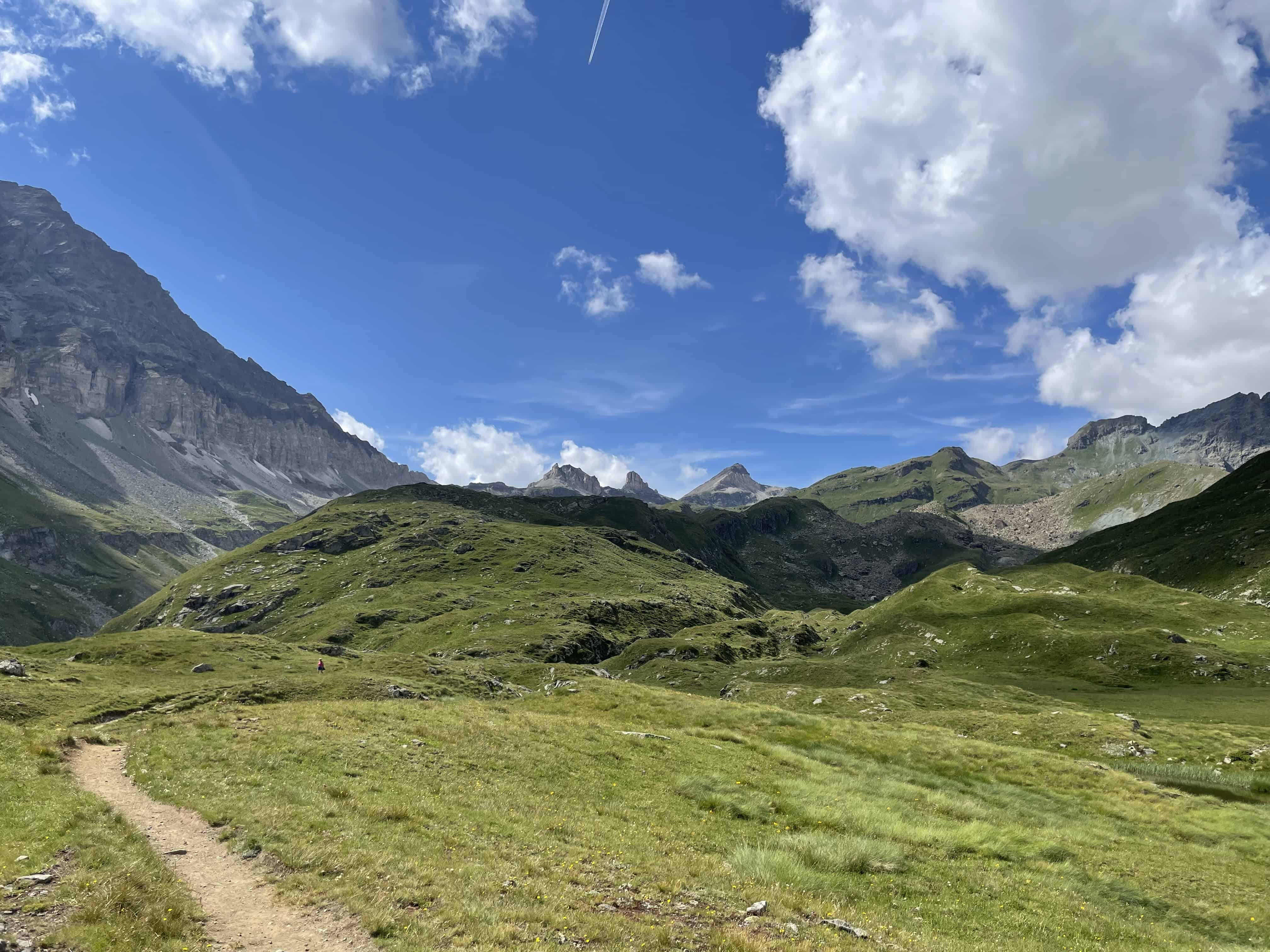https://www.lifegate.it/la-lotta-per-salvare-il-vallone-delle-cime-bianche
- |
When you enter the valley, after the first steepest stretch of climb to access it, your pace slows down, your gaze rises and what strikes you is the silence, breadth and wild nature all around.What we see are kilometers of grassy plateaus as far as the eye can see, swamps, streams, lakes, rocks, and steep peaks.Human signs are practically absent:it's about one of the last non-anthropic areas in this Alpine region.There are no roads, ski lifts or permanent activities.At least for now, but we still don't know for how long because the valley of the Cime Bianche is threatened by a project that could destroy this still uncontaminated area.

The value of the Cime Bianche valley
We are at the foot of the Mount Rosa, the Cime Bianche valley is located in the upper Val d'Ayas and is known for being an alpine ecosystem with unique and rare naturalistic, historical and geological characteristics.Its value is such that it can be included in the Natura 2000 network, created by the European Union with the aim of protecting community biodiversity through the conservation of habitats and species in areas considered priority, through the creation of Special protection areas (Zps), like the one called “Glacial environments of the Monte Rosa group”, in which the Cime Bianche valley is inserted and protected.
The valley is protected by a very precise legislative cascade which does not provide for exceptions.
There biodiversity of the valley that remains above 2,000 meters is striking at first sight, from the flowers that this year fill every meadow or rocky corner, to the birds of prey that circle in the sky near the peaks together with dozens of species of birds, to the mammals, from the marmots with their whistles, to the ibexes on the rocky walls, up to the wolf, now increasingly present and passing through these areas.






